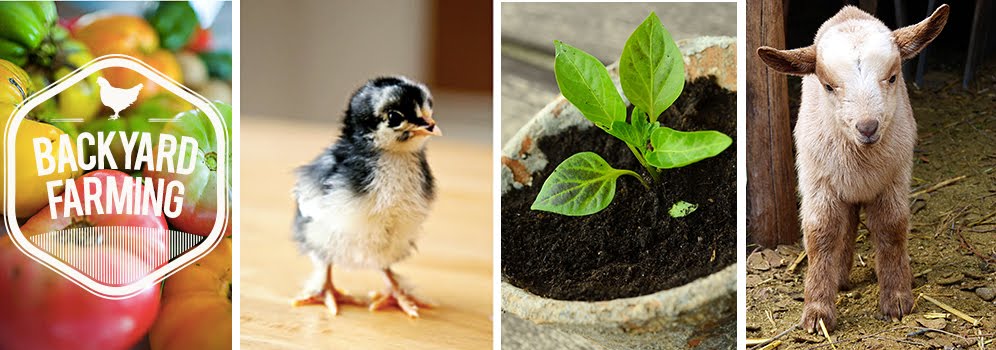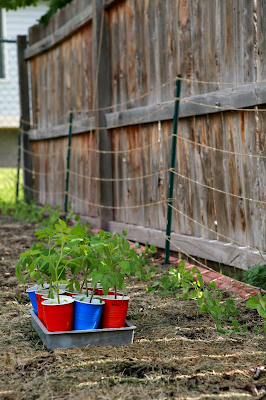 By Michael
By MichaelMost of you are probably aware that the FDA has been cracking down recently on raw milk distribution across the country. I was pleased to read this article yesterday at naturalnews.com about various states that are actually going against the FDA's advice and easing restrictions on raw milk. This article says that "Texas, Oregon, Minnesota, New Jersey, Massachusetts, and Wisconsin all have pending legislation to legalize raw milk sales, relax sale restrictions that make buying the product difficult, or for the first time decriminalize raw milk sales with restrictions."
We have talked about raw milk on our site in the past and one of our contributors, Dale Johnson, is a Farm Management Specialist and Master Gardener for the University of Maryland Extension. A lot of the work he does with the University of Maryland is with local Dairy Farmers so he has a great perspective on this debate. Read his series of articles on the Good, Bad, and the Ugly of raw milk for more of his perspective.
So what do you all think. Is the FDA right in restricting raw milk distribution, or are some of the above States right in relaxing restrictions. Let your voice be heard.
































































